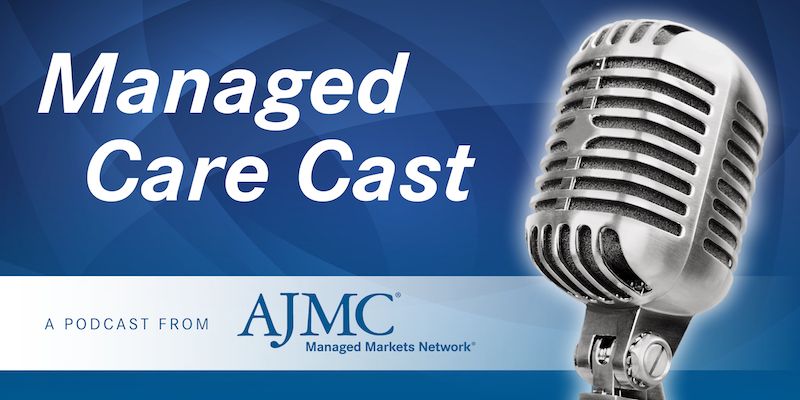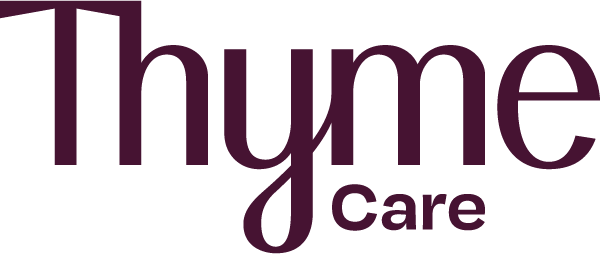Article
OCM PP1 True Up 1/PP2 Initial Reconciliation—Lessons Learned
Author(s):
CMS recently released the Oncology Care Model (OCM) performance period 1 (PP1) true-up 1 and the performance period 2 (PP2) initial reconciliation. The performance data show some practices may be gaining traction with their success, while others have found it difficult to make progress as CMS continues to refine the payment methodology for the model across performance periods.
This article has been written by Alyssa Dahl, MPH, CPH, manager of Healthcare Data Analytics at DataGen.
More than 2 years into the Oncology Care Model (OCM) program, cohort participants still lack clarity on the program results and how they got there. CMS recently released the OCM performance period 1 (PP1) true-up 1, encompassing 8 months of data after the end of the first performance period, and the performance period 2 (PP2) initial reconciliation, encompassing 2 months of data after the end of the second performance period. The performance data show some practices may be gaining traction with their success, while others have found it difficult to make progress as CMS continues to refine the payment methodology for the model across performance periods.
Two Steps Forward, 2 Steps Back
While some of the participating practices qualified for a performance-based payment (PBP) in the initial reconciliation, they lost it in the PP1 true-up. There were several factors at play here:
- Additional claims runout and revised Monthly Enhanced Oncology Services (MEOS) inclusion rules raised some practices’ actual spending compared to target. The MEOS payments can now be included in the 90 days surrounding an episode. MEOS payments made up about 48% of the increase in actual spending for DataGen’s practices, so this is certainly significant.
- CMS recently corrected an issue in the regional risk adjustment factor, causing unstable estimates. CMS’ method for calculating regional risk adjustment factors in PP1 caused a decrease in target prices for episodes in some regions, resulting in some practices losing their PBP. Although CMS will no longer use this methodology for future performance periods, the agency will use it for the final PP1 true-up.
While those who achieved a PBP in the initial reconciliation may rue the false sense of security it gave them, these updates to the program methodology will potentially have a positive impact on future performance periods.
Looking for Cause and Effect in PP2 and Beyond
More practices earned a PBP in the second performance period reconciliation compared with the first. A bigger task is for the PBP earners to figure out the precise reasons that led to cost-savings, since the results are not one-size-fits-all across cancer types.
Participants that lost money will need to quickly try and close this gap. In some cases, they may be rethinking pooling arrangements. For example, if some of their practices were able to save, but the pool as a whole did not, this has implications on taking 2-sided risk or exiting the program in September 2019.
Practices look forward to seeing what happens in the PP3 reconciliation at the end of February 2019, since this period will contain many long-awaited methodological refinements, including:
- A low/high drug risk adjustment for bladder, breast, and prostate cancers
- A refined methodology that attributes episodes to practices that have at least 1 oncology provider—this should clear up some issues where practices were not attributed all of the patients they expected to be accountable for.
On the Horizon
CMS will assess the most recent results of the first 4 performance periods in September 2019 to identify practices that earned PBPs. At that time, CMS is expected to make a determination on whether practices can continue with 1-sided risk or must choose 2-sided risk. If a practice has not achieved a PBP and is not ready for 2-sided risk, it must leave the program. Practices will also have the recently announced mandatory radiation oncology bundle to contend with next year or the year after. They will be challenged to fine-tune their practice transformation quickly if they are to succeed in either—or both—bundled payment models.





